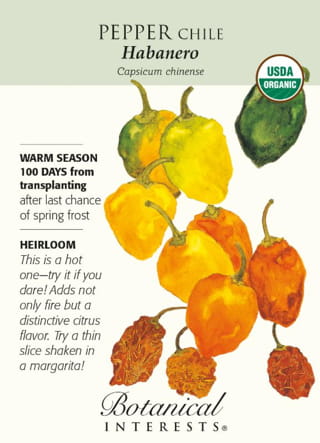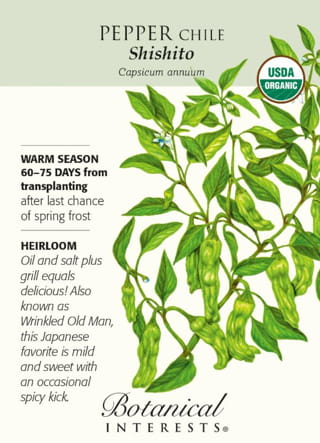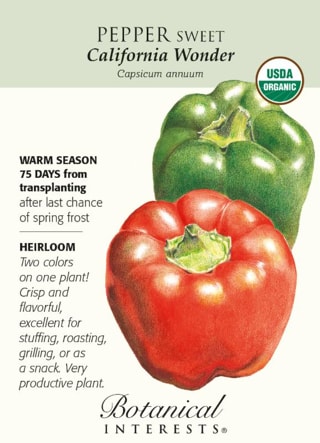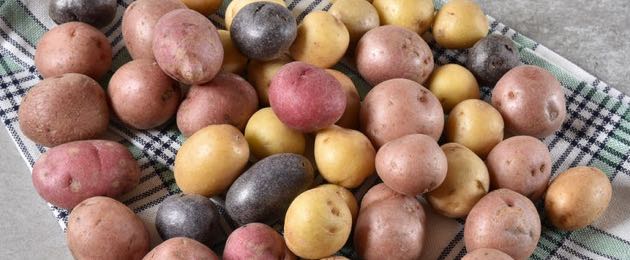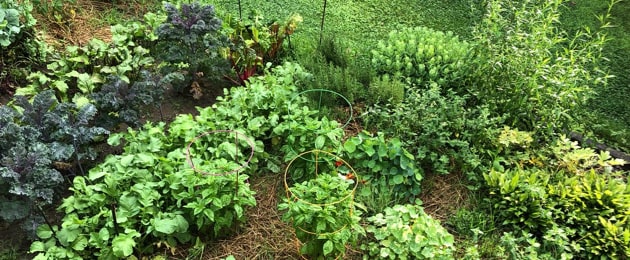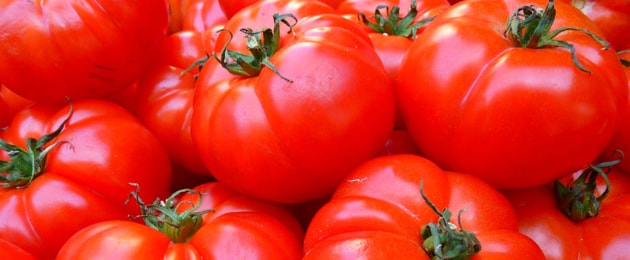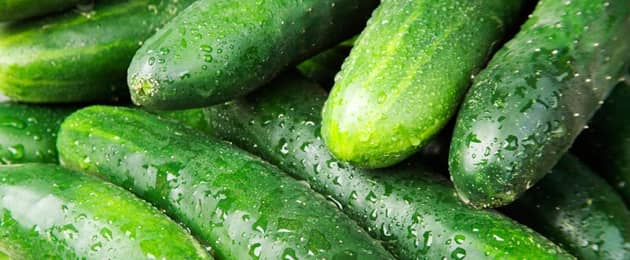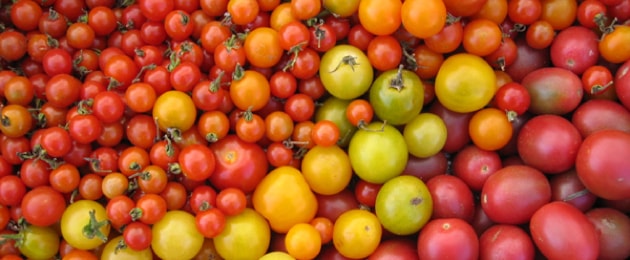Peppers Add Something Special
It’s time to start thinking about starting your pepper seeds indoors!
Growing Perfect Peppers
Ah, the shine, crunch, and juiciness of a freshly picked pepper—the colors and flavors of summer all start with a seed in late winter. Peppers take a little patience and warmth, but as we know, they are absolutely worth it.
Here are some tips to help grow perfect, pretty peppers.
- Warm soil, ideally 70°–90°F, is needed for germination.
- Start pepper seeds indoors 8 to 10 weeks before your average last frost date. If you combine the ideal soil temperature range and the desire for peppers sooner than later, starting indoors is your best bet.
- Transplant seedlings after the weather is consistently warm (daytime over 70°F and nights over 55°F) and plants have been hardened off so they can hit the ground running.
- Peppers need full sun. Whether you put them in pots or the garden, peppers produce best with 6 or more hours of direct sunlight per day.
- Peppers do best when their roots are warm. Planting peppers in pots can raise the root temperature by up to 10°F and makes them more productive.
When Can You Start Peppers?

You can start peppers indoors 8 to 10 weeks before the average last spring frost in your area. Then you can transplant them out when the daytime temperatures become at least 70°F during the day, and temperatures at night are at least 55°F. If you live in a mild climate area, you may sow peppers directly into garden soil or a greenhouse 2 to 4 weeks after any danger of frost.
Temperature For Sowing
The right temperature is critical for starting your seeds. Pepper seeds will germinate much faster if the soil is kept between 70°-90°F. In cooler temperatures, they may either fail to sprout, or the sprouting process may take a up to a month. The longer the sprouting time takes, the more susceptible they are to rotting due to wet conditions or possibly being attacked by fungus in the soil. Heat mats for seedlings are helpful in keeping the soil warm. Once they are germinated, they can be grown when air temperatures are 60°F at night and 70°F during the day.
How Hot Do you Like Them?
There is a class of compounds called capsaicin that gives chile peppers their spiciness. It occurs mostly in the light-colored ribs which are also called the pith which is inside the  pepper. Very little or no capsaicin is in the seeds themselves, but they can often be hot because they come into contact with the capsaicin from the ribs. Capsaicin may possibly have several health benefits. Some benefits being studied are how they may increase metabolism, may help with appetite suppression, possibly decrease heart disease, and reducing heartburn, or pain perception.
pepper. Very little or no capsaicin is in the seeds themselves, but they can often be hot because they come into contact with the capsaicin from the ribs. Capsaicin may possibly have several health benefits. Some benefits being studied are how they may increase metabolism, may help with appetite suppression, possibly decrease heart disease, and reducing heartburn, or pain perception.
Do you like your peppers hot? The more mature the pepper fruit is, the hotter the it will be. Stress, will also make peppers hotter – such as a drought in your area. Cutting back on watering after fruits have started is when you can cause stress so the soil stays dry, just be careful not to let the plant wilt! Downside is it may reduce your yields.
Thanks to Botanical Interests for the graphics and ideas in this post.
